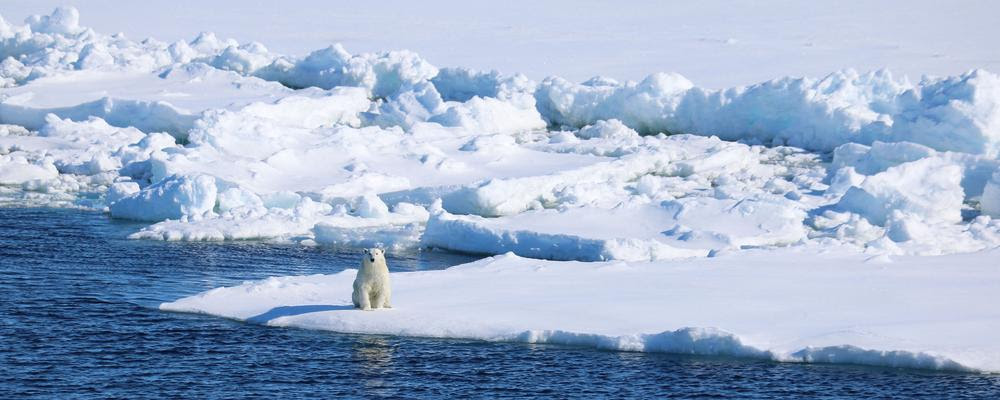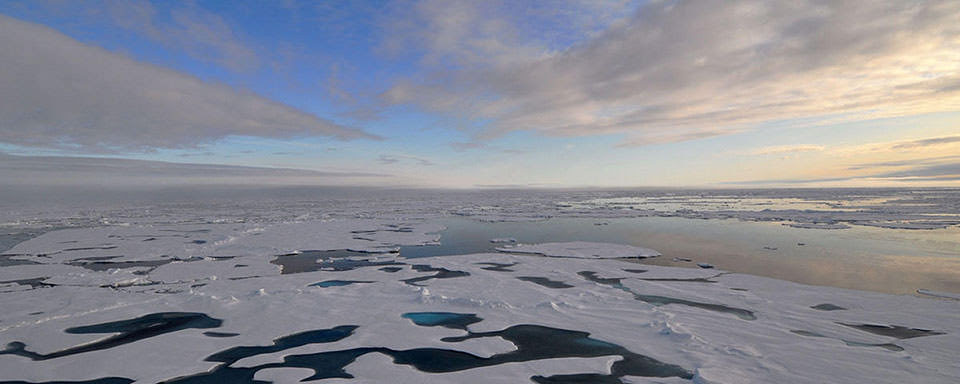Arctic sea ice plays a central role in defining the heat balance of the freeze/thaw cycle in the region, which involves the atmosphere, ice and ocean. Scientists want to clarify this process to better account for the sensitivity of sea ice to climate change.
One fact is that the Arctic is warming faster than other regions of the world, and researchers lack knowledge about the interactions between the ice sheets, ocean and atmosphere in this region, particularly because most studies on the subject focus only on surface phenomena. A team of international researchers from China, Germany and the United States is proposing to study the spatio-temporal variations in the onset of melting and freezing phases by studying both the surface and the base of the ice pack, the area formed by sea ice in contact with the ocean.

Polar bears in the Arctic. Photo Céline Heuzé
This focus would allow a better understanding of how the pack ice as a whole responds to global warming. Data collected between 2001 and 2018 show lags between the onset of basal sea ice melt and the onset of surface melt that vary depending on the regions of the Arctic Ocean studied. The researchers attribute this lag to distinct seasonal temperature variations in the ocean heat that normally leads to sea ice melt, so the ocean warms earlier in some areas.
The most significant difference was observed in the Beaufort Gyre region of the Beaufort Sea, with basal ice melt beginning 15 days before surface melt. One reason for this time lag is the thinning of sea ice thickness that facilitates early ocean warming in this area. On the other hand, the researchers noticed that the freezing of the base occurred three months after that of the surface. In this case, the time lag could be related to an interaction between the thermal regulation capacity of the sea ice, the release of oceanic heat from the surface part of the ocean in contact with the atmosphere, and the thermal buffering effect of the snow at the top of the ice.
But conversely, thinner ice thickness and less snow cover favor earlier freezing of the basal zone. These data show the role of the ocean as an inter-seasonal regulator in the formation and melting phases of Arctic sea ice. The researchers believe that this complete picture of the freeze/thaw cycle integrating the roles of both the ocean and the atmosphere shows that the self-regulation that occurs between the sea ice and the ocean should delay sea ice loss in the region, although the mechanisms involved remain to be clarified.



Comment here